The idea of an Electric Vintage Car evokes a fascinating blend of old-world charm and cutting-edge technology. Imagine the sleek curves of a 1950s roadster or the bold lines of a 1960s muscle car, but instead of a roaring gasoline engine, it hums quietly with the power of electricity.
This combination of retro aesthetics and modern efficiency is capturing the attention of car enthusiasts, environmentalists, and innovators alike. In this article, we’ll dive into what makes electric vintage cars so special, their history, how they’re created, and why they’re becoming a symbol of sustainable luxury.
What is an Electric Vintage Car?
An Electric Vintage Car is either an original classic car that has been retrofitted with an electric powertrain or a newly designed vehicle inspired by vintage aesthetics but powered by modern electric technology.
Unlike traditional vintage cars that run on internal combustion engines (ICE), these vehicles use electric motors and battery packs, offering zero-emission driving without sacrificing the timeless appeal of classic design. This fusion caters to those who adore the look and feel of yesteryear’s automobiles but want to embrace the eco-friendly and high-performance benefits of electric vehicles (EVs).
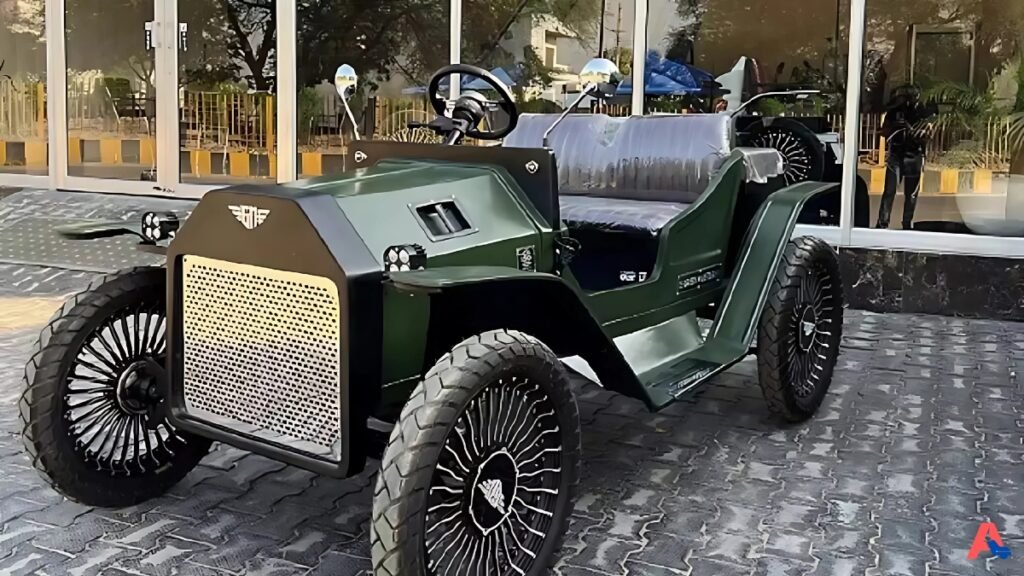
A Brief History From Past to Present
The concept of electric vintage cars isn’t entirely new electricity and automobiles share a longer history than many realize. In the late 19th and early 20th centuries, electric vehicles were quite popular. For instance, in 1900, electric cars accounted for about one-third of all vehicles on American roads, prized for their quiet operation and simplicity compared to steam or gasoline-powered alternatives.
Models like the 1896 Riker Electric Roadster or the 1912 Detroit Electric were the “vintage” cars of their time. However, as gasoline engines became cheaper and more practical with the advent of the Ford Model T and widespread fuel infrastructure, electric cars faded into obscurity.
It wasn’t until the 21st century, with growing concerns about climate change and advancements in battery technology, that EVs made a comeback. Today, companies and enthusiasts are revisiting vintage designs, either by converting classic cars into EVs or building new ones inspired by the past.
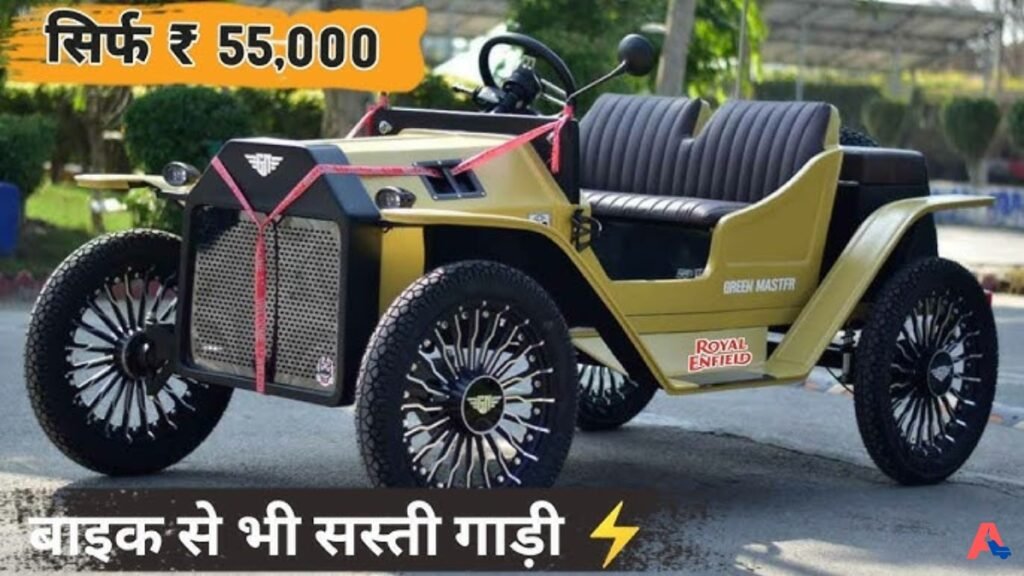
How Electric Vintage Cars Are Made
Creating an electric vintage car is a labor of love that combines automotive craftsmanship with modern engineering. There are two main approaches:
- Retrofitting Classics:
In this process, an original vintage car say, a 1965 Ford Mustang or a 1970s Porsche 911 is stripped of its gasoline engine, fuel tank, and exhaust system. These are replaced with an electric motor, a battery pack, and a power management system.
Companies like Lunaz (UK) and Electric Classic Cars specialize in such conversions, preserving the car’s exterior and interior charm while upgrading its performance. For example, a retrofitted Rolls-Royce Phantom V can deliver 500 horsepower and a range of 300 miles, far surpassing its original capabilities.
- New Builds with Vintage Design:
Alternatively, some manufacturers create entirely new vehicles inspired by classic designs. The Pininfarina Pura Vision or the Automobili Pininfarina Battista, for instance, draw from mid-20th-century Italian styling but are built from the ground up as high-performance EVs. These cars aren’t conversions but rather modern interpretations of vintage beauty, equipped with state-of-the-art electric systems.
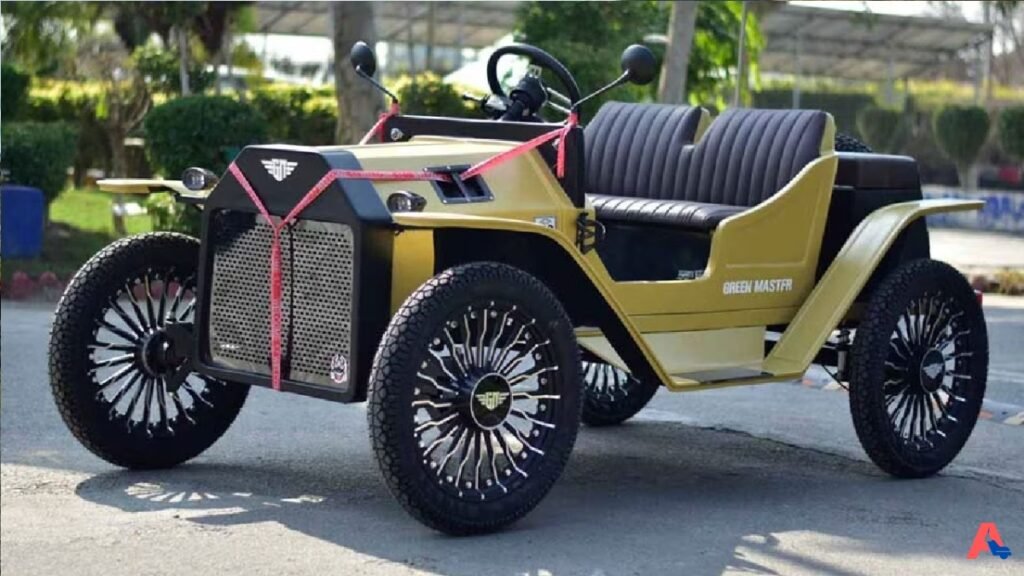
Technology Behind the Transformation
The magic of electric vintage cars lies in their technology:
- Electric Motors: These provide instant torque, making even a 60-year-old design feel lightning-fast. A converted vintage car can often outpace its original gasoline version.
- Battery Packs: Lithium-ion batteries, typically mounted low in the chassis, improve weight distribution and handling while offering ranges of 200-400 miles, depending on the model.
- Regenerative Braking: This feature recaptures energy during braking, extending range and adding efficiency something unimaginable in the original cars.
- Charging Systems: Most electric vintage cars support fast charging, bringing them in line with modern EV standards.
The result is a vehicle that looks like it belongs in a black-and-white film but performs like a Tesla.
Read also: Motorola Edge 50 Pro
Why Electric Vintage Cars Are Gaining Popularity
- Sustainability Meets Style:
Classic car enthusiasts often face criticism for the environmental impact of their hobby. Electric conversions offer a guilt-free way to enjoy vintage aesthetics without contributing to pollution. - Performance Boost:
Electric motors deliver smooth, silent power that can rival or exceed the original engines. A converted Jaguar E-Type, for example, might go from 0-60 mph in under 5 seconds—faster than its 1960s counterpart. - Preserving History:
Many vintage cars are deteriorating due to the scarcity of original parts or fuel. Electrifying them ensures they remain functional and relevant for future generations. - Customization:
Owners can tailor their electric vintage cars with modern features like touchscreen dashboards, premium sound systems, or even autonomous driving tech, all while keeping the retro exterior intact.
Challenges and Considerations
Despite their appeal, electric vintage cars come with challenges. Retrofitting can be expensive, often costing $50,000 to $200,000, depending on the car and customization. The added weight of batteries can also alter the driving dynamics, which purists might dislike. Additionally, some argue that replacing an original engine diminishes the car’s historical authenticity. For new builds, the high cost and niche market limit accessibility.
The Future of Electric Vintage Cars
As EV technology advances and becomes more affordable, electric vintage cars are poised to grow in popularity. Automakers like Ford have already teased concepts like the electric F-100 Eluminator, a 1970s-style truck with a modern electric heart. Meanwhile, small workshops and startups continue to innovate, offering bespoke conversions for enthusiasts.
In a world increasingly focused on sustainability, the electric vintage car represents a bridge between past and future. It’s a testament to human ingenuity proof that we can honor tradition while embracing progress. Whether you’re a collector, a driver, or simply an admirer, these vehicles offer a glimpse of what’s possible when nostalgia meets innovation.
Conclusion
The Electric Vintage Car is more than just a vehicle; it’s a statement. It combines the elegance of automotive history with the promise of a cleaner, greener tomorrow. As technology evolves and more classics are reborn as EVs, this trend is set to redefine how we view both vintage cars and electric mobility.
So, the next time you see a gleaming 1950s convertible glide silently down the road, don’t be surprised it might just be an electric vintage masterpiece.
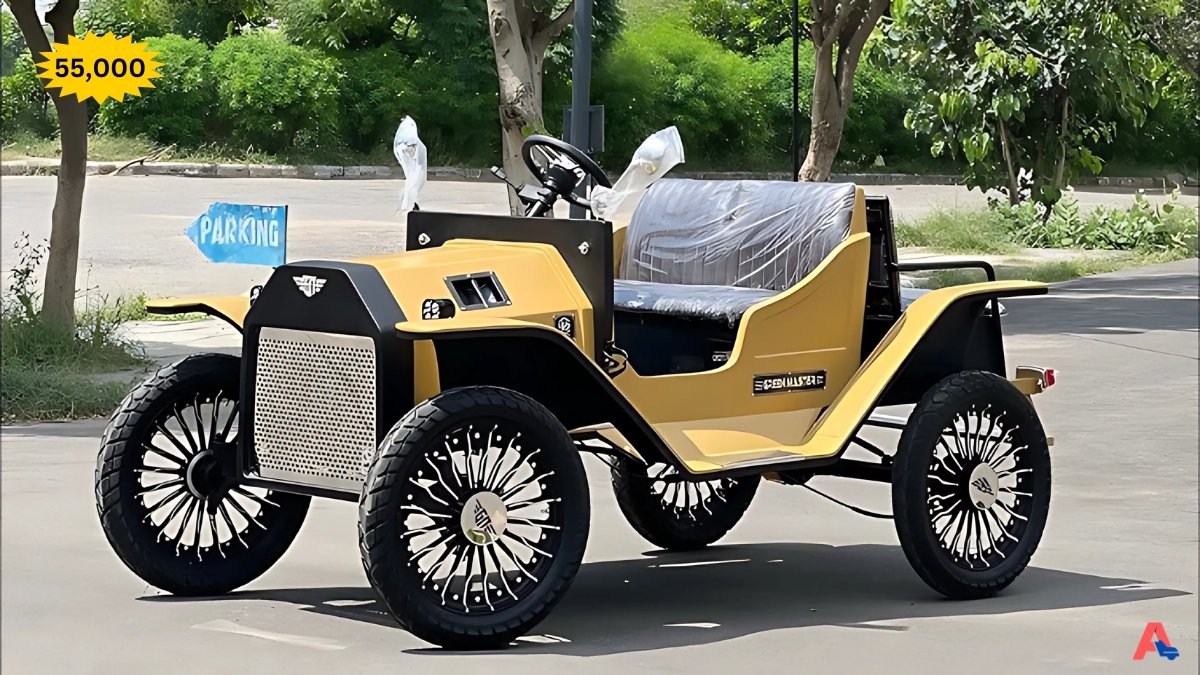





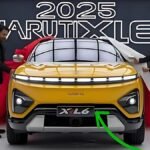
1 thought on “Electric Vintage Car A Fusion of Nostalgia and Innovation”